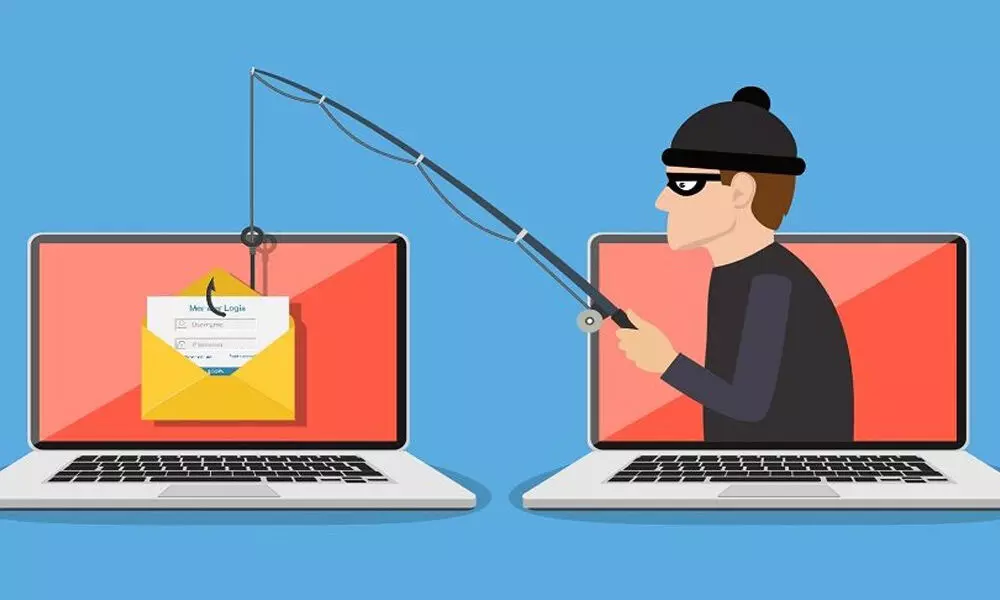How to Protect Yourself from Phishing Attacks

How to Protect Yourself from Phishing Attacks
One of the easiest things you can do to avoid falling victim to a phishing scam is to never send your confidential information via email.
Phishing attacks are on the rise. In the past two years, various reports have detailed that the Covid-19 pandemic has seen a drastic increase in phishing attacks. Cyber scammers are using new and innovative means to defraud innocent users into replying to an email or clicking a link, or downloading an image file containing malware that can cause users to lose their confidential information, including their financial data and your personal information.
Microsoft's Global Tech Support Fraud Scam Research 2021 says, millennials in India aged 24-37 were the most susceptible to scams in 2021, with 58% of those who continued the scam incurred monetary losses. Amid the current scenario, it is important that users take proactive steps to protect themselves from phishing scams. So, here are the top seven ways you can avoid becoming a victim of a phishing scam:
Verify sender's email address and information
While it is not unusual to receive an email from someone outside your organization for the first time, it can be a sign of phishing. Take a close look at the sender's email address. Look for small changes that indicate a false identity. Look for verifiable sender contact information. When in doubt, do not reply. Start a new email to reply.
Review urgent call-to-action emails
Be wary of emails that use a generic greeting and ask you to act urgently. Oftentimes, they will say that you must act now to claim a reward or avoid a fine. Creating a false sense of urgency is a common trick of phishing attacks and scams.
Don't click on suspicious links and attachments
Avoid clicking on unexpected links. Go to the official website and log in instead. Avoid opening email attachments from unknown senders or even friends who don't normally send you attachments.
Use spam and phishing filters and safeguard private information
Install a phishing filter for your email. This is the fastest way to report a cybercriminal and delete the message from your inbox. Use the telephone to transmit private information. Never send confidential information by email.
















